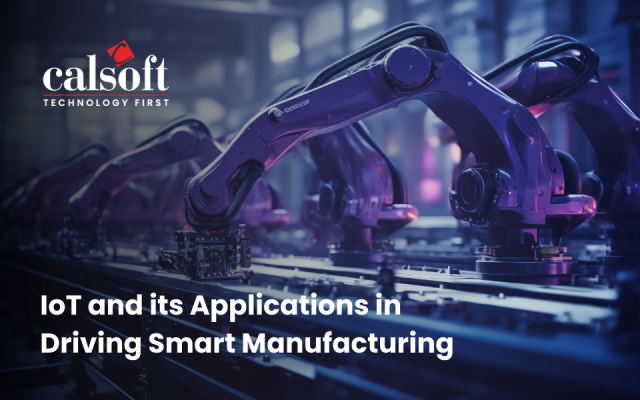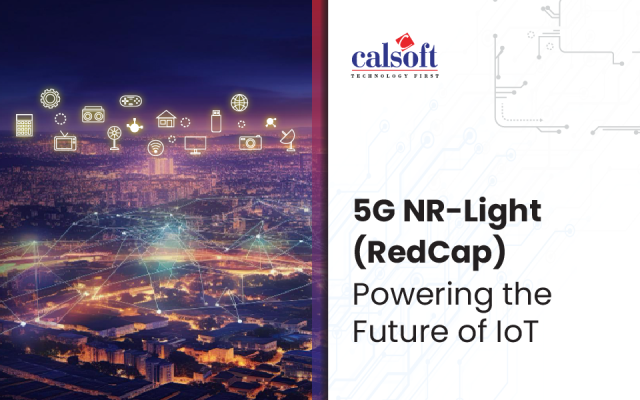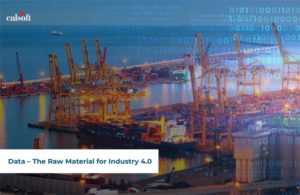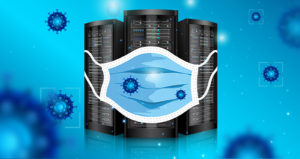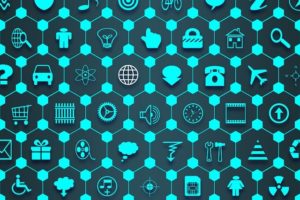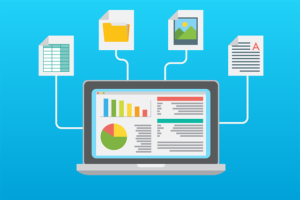The Internet of Things (IoT) is no longer a futuristic concept—it’s a present-day reality reshaping industries and redefining how businesses operate. By 2025, IoT will have evolved into a keystone of digital transformation, enabling organizations to realize unprecedented efficiency, innovation, and customer experiences. IoT-powered solutions are driving a new era of business agility and intelligence from smart factories to connected supply chains. But what does this mean for enterprises, and how can they harness the power of IoT to stay competitive? Let’s explore.
How IoT Transforms Businesses?
Imagine a world where every device, machine, and system communicate seamlessly, sharing real-time data to optimize operations. This is the promise of IoT. By 2025, businesses across sectors—manufacturing, healthcare, retail, logistics, and more—will rely on IoT to streamline processes, reduce costs, and deliver personalized customer experiences.
According to the Mordor Intelligence report, The IoT market size is estimated at USD 1.35 trillion in 2025 and is expected to reach USD 2.72 trillion by 2030.
For instance, in manufacturing, IoT-enabled sensors can predict equipment failures before they happen, minimizing downtime and saving millions. In healthcare, wearable devices and connected medical equipment are transforming patient care by enabling remote monitoring and timely interventions. Retailers are leveraging IoT to create hyper-personalized shopping experiences, while logistics companies are using smart tracking systems to ensure faster, more efficient deliveries.
Key Trends Shaping IoT in 2025
Let us explore how key trends like AI-driven automation, enhanced cybersecurity, and seamless connectivity will redefine how we interact with technology and transform industries worldwide.
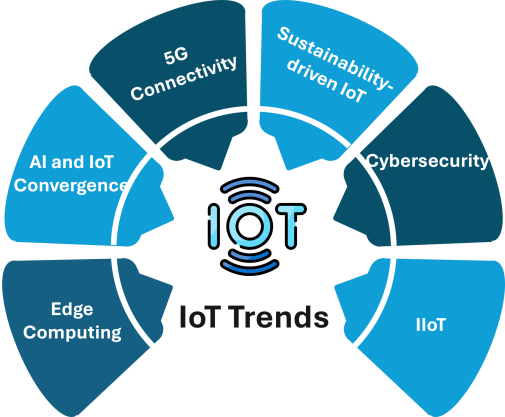
- Edge Computing Takes Center Stage: As IoT devices generate massive amounts of data, processing this information at the edge—closer to the source—will become critical. Edge computing reduces latency, enhances security, and ensures real-time decision-making, making it indispensable for industries like autonomous vehicles and smart cities. According to Statista, the global edge computing market is projected to reach 350 billion USD by 2030, driven by its critical role in fuelling IoT’s expansion.
- AI and IoT Convergence: Integrating Artificial Intelligence (AI) with IoT to realize new possibilities. AI-powered analytics can sift through vast datasets from IoT devices to uncover actionable insights, enabling predictive maintenance, demand forecasting, and smarter resource allocation.
- 5G Connectivity: The rollout of 5G networks will supercharge IoT by providing faster, more reliable connections. This will enable real-time communication between devices, paving the way for innovations like remote surgery, autonomous drones, and immersive augmented reality experiences.
- Sustainability-driven IoT: Businesses increasingly use IoT to achieve sustainability goals. Smart energy grids, connected agriculture systems, and eco-friendly supply chains are just a few examples of how IoT is helping organizations reduce their environmental footprint.
- Enhanced Cybersecurity Measures: Cyberattacks on IoT devices are a rising threat to businesses, pushing the need for stronger security measures. Innovations like AI-powered threat detection and blockchain-based protocols are helping to safeguard connected systems. Protecting sensitive data and maintaining trust will depend on robust cybersecurity.
- Industrial IoT (IIoT) Expansion: The IIoT is revolutionizing manufacturing by connecting machines to create smarter, more efficient factories. It enables real-time monitoring, predictive maintenance, and better-quality control, reducing downtime and costs while boosting productivity. These innovations are driving greater efficiency and competitiveness across the industry.
Challenges and Opportunities
While the potential of IoT is immense, businesses must navigate challenges like data security, interoperability, and scalability. Ensuring robust cybersecurity measures and adopting open standards will be crucial to building trust and maximizing ROI.
Moreover, IoT is not just about technology—it’s about people. Organizations must focus on upskilling their workforce to leverage IoT effectively. By fostering a culture of innovation and collaboration, businesses can turn IoT from a technical tool into a strategic advantage.
Calsoft Perspective for IoT
At its core, IoT is about improving lives. Whether it’s a farmer using smart sensors to optimize crop yields or a patient receiving better care through remote monitoring, IoT is making a tangible difference. For businesses, this means not only embracing technology but also understanding the human impact. By putting people at the center of their IoT strategies, organizations can create solutions that are not only smart but also meaningful.
Calsoft is a trusted partner in the IoT landscape, offering end-to-end services and solutions that empower businesses to leverage the full potential of connected technologies. With deep expertise in IoT architecture, device management, data analytics, and cloud integration, Calsoft helps organizations design and deploy scalable, secure, and intelligent IoT ecosystems. By combining the latest technology with a customer-centric approach, Calsoft enables enterprises to transform data into actionable insights, paving the way for smarter decision-making and a competitive edge in the IoT-driven future.
Get more insights from our recent case study
The Road Ahead
As we approach 2025, IoT will continue to evolve, driven by advancements in AI, 5G, and edge computing. Businesses that embrace this transformation will be better positioned to thrive in an increasingly connected world. The key lies in adopting a holistic approach—integrating IoT with broader digital transformation initiatives and aligning it with business goals.
In conclusion, IoT is more than a technological trend; it’s a catalyst for innovation and growth. By leveraging smart connected solutions, businesses can realize new opportunities, enhance operational efficiency, and deliver exceptional value to customers. The future is connected, and the time to act is now.

